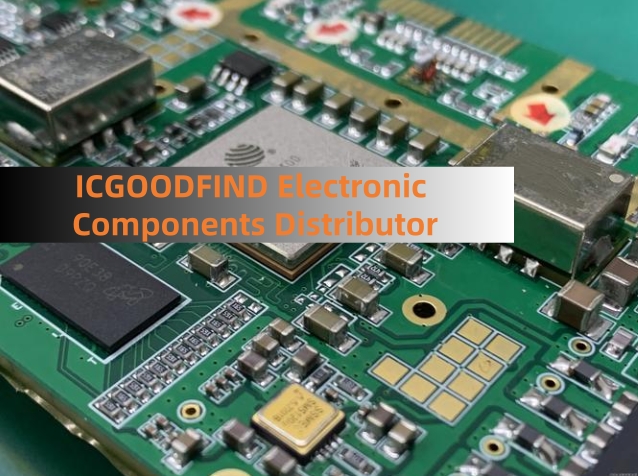High-Performance RF Design with the Infineon BFP740 Silicon Germanium Heterojunction Bipolar Transistor
The relentless drive for higher data rates, greater efficiency, and more compact form factors in wireless communication systems places immense demands on radio frequency (RF) component design. At the heart of many high-performance RF front-ends lies a critical amplifying element: the heterojunction bipolar transistor (HBT). The Infineon BFP740 Silicon Germanium (SiGe) HBT stands out as a premier device engineered to meet these stringent challenges, offering an exceptional blend of speed, linearity, and integration capability.
Unlocking Performance with Silicon Germanium Technology
Silicon Germanium represents a pivotal advancement over traditional silicon-based bipolar transistors. By introducing a germanium gradient into the base region, SiGe HBTs achieve significantly higher electron mobility. This fundamental material improvement translates directly into superior electrical characteristics. The BFP740 leverages this technology to deliver a remarkable transition frequency (fT) of 45 GHz and a maximum oscillation frequency (fmax) of 65 GHz. These figures make it an ideal candidate for applications operating in the L-band to Ku-band spectrum, including critical infrastructure like cellular base stations, microwave backhaul links, and high-definition radar systems.
Key Attributes for Superior Circuit Design
The prowess of the BFP740 is not limited to raw speed. Its design incorporates features that are paramount for practical, high-performance circuits:
High Gain and Low Noise: The transistor provides excellent MAG/MSG (Maximum Available/Stable Gain), ensuring significant signal amplification even at high frequencies. Coupled with a low noise figure, it is perfectly suited for the initial, sensitive stages of a receiver chain where signal integrity is paramount.
Exceptional Linearity: For modern modulation schemes that encode information in the signal's amplitude (e.g., QAM, OFDM), linearity is non-negotiable. The BFP740 exhibits outstanding OIP3 (Third-Order Intercept Point) performance, minimizing distortion and intermodulation products that can corrupt a signal and degrade bit error rates.
Low Current Operation: Despite its high-power capabilities, the device can be efficiently biased to achieve optimal performance at relatively low collector currents. This trait is invaluable for designing power-efficient amplifiers, particularly in portable or battery-operated equipment.

Application Circuits and Design Considerations
The BFP740 is predominantly employed in small-signal amplifier stages. Its high fmax makes it exceptionally well-suited for stable low-noise amplifiers (LNAs), driver amplifiers, and voltage-controlled oscillators (VCOs). When designing with this transistor, attention must be paid to proper RF layout techniques to realize its full potential. This includes implementing effective grounding via vias, utilizing microstrip transmission lines, and ensuring impeccable decoupling of bias lines to prevent unwanted oscillations and ensure stability across the entire operating band.
ICGOOODFIND
The Infineon BFP740 SiGe HBT is a cornerstone component for demanding RF applications, masterfully balancing ultra-high frequency operation with outstanding linearity and low-noise performance. Its robust characteristics empower designers to push the boundaries of what is possible in wireless technology, from next-generation cellular networks to advanced satellite and radar systems.
Keywords:
1. Silicon Germanium (SiGe)
2. Heterojunction Bipolar Transistor (HBT)
3. Low-Noise Amplifier (LNA)
4. Linearity (OIP3)
5. Transition Frequency (fT)
